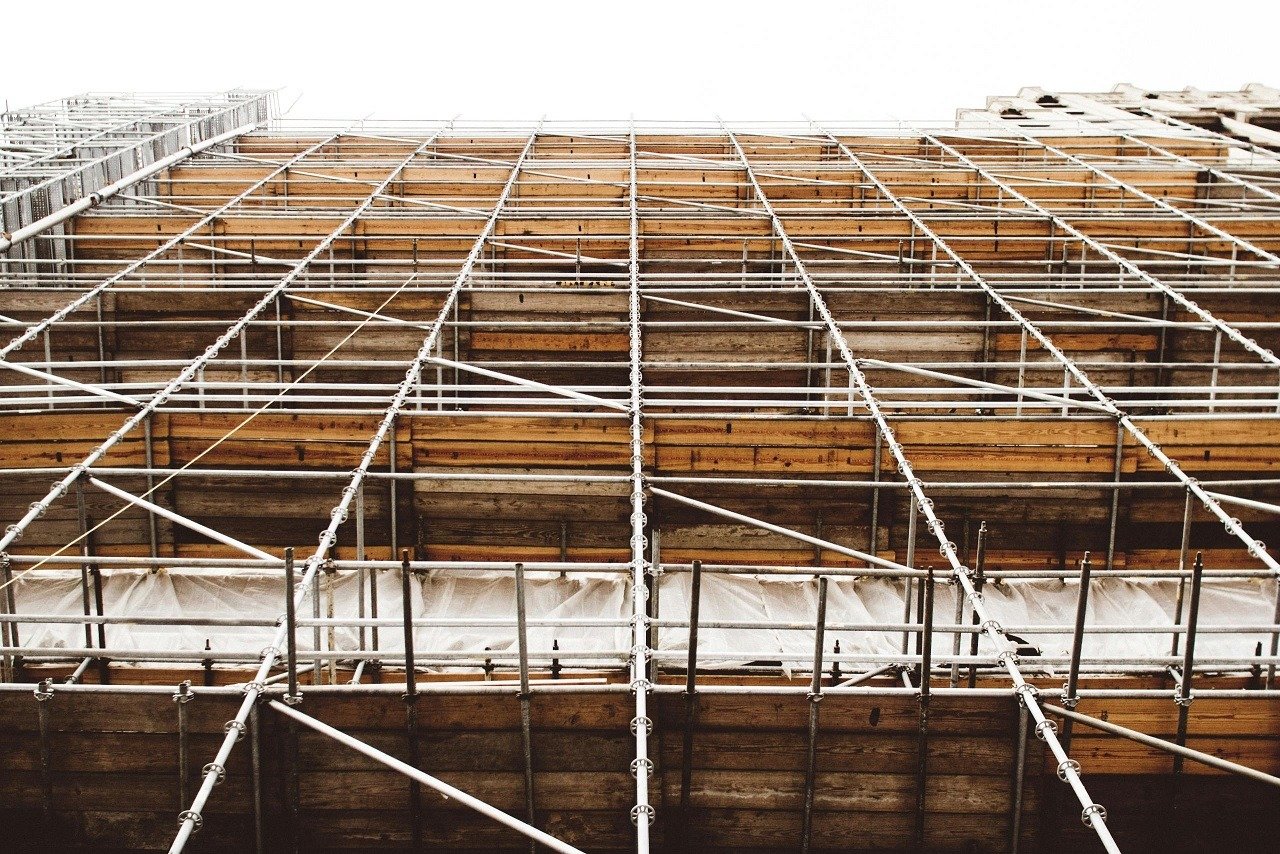To blog about concrete systems, the fact that we gonna face the evil devil, who is the devil of informatics perfectly describes the situation. The element that sometimes is forgotten by the lacunose individual however is a grux to engineer and contractor which is dimension and shaping of the bolts used to keep the structures steady. These parts, among other smaller things that you’ll find on the building site, may not seem to signify a great deal, but such indicators always play a huge role in making the structure solid and properly enduring. The selection of the correct bolt length, as per the grades like ASTM F1554, isn’t just a formality required or an important matter which ensures the strength of any concrete cast unless it’s done as per the requirement.
Knowing the roles of studs in concrete structures as a good engineer.
Nuts serve as oversight in production as the spine of a structure, for 2-3 materials connecting firmly, and both play the critical role of holding diverse parts together. When constructing in concrete, bolts do not general make structural joints but help a lot in nailing outside features to the principle structure consisting of facades, frames, and many others supportive hindquarters.
Concrete is cement-like, compressed to such an extent that it may stand up the big compression forces. Yet the concrete is quite brittle and lacks the tensile power. This resistance is historically mitigated by putting in polled steel rods inside the concrete that is known as rebar, which is able to accept the tensile forces. Nevertheless, their job is, by the same token, over and beyond just fixing a structure’s constituent pieces together to make them steadfast. The idea is essentially to give the structure a greater resilience since its overall integrity is highly enhanced.
What is It on the Right Bolt Size, and Why It Matters.
This is why the right size of the bolt must be selected for several key reasons. Scale shows the relation of bolt to its load-carrying capability. This type of a bolt is too small will hold under pressure and therefore it will cause many tragedies, and one that is too big can cause damage at the installation, which will include breakdown of concrete. Consequently, the correctness in bolt selection is a critical factor to achieve the equilibrium of the energy, the load-carrying capacity, and the elastic response in concrete construction.
ASTM F1554: Uniform Sizes for Bolt Detailing in Building is one of the factors that contribute to the quality.
ASTM F1554 designates a standard specification established with the American Society for Testing and Materials that covers the characteristics of anchor bolt utilized in concrete and other architectural constructions. This known fact becomes obvious as no single brand can fit all bolt types ranging from their strength, metal composition, and intended use varying from grade to grade. Thus, bolts are classified because their appropriate usage will depend on the calculated loads and environmental conditions, providing a solid foundation for engineers to choose the right bolts for their purposes.
The specification outlines three distinct grades of bolts:The specification outlines three distinct grades of bolts:
Grade 36 (low carbon metal): For that reason they serve as a companion for technofashion and futurity.
Grade 55 (medium carbon metal): Designed specifically for the more significant packages – packed with heavy load.
Grade 105 (alloy metallic): If yours of the strongest strength winning is what you hope, check this out.
Each grade is set up to meet specfic demands that are suitable to certain conditions and masses, this ensures that every viable situation in concrete production comes at a cost effective price and performance.
The Significance of Correctating the Connector Size on Building Security
Bearing in mind that ASTM F1554 standards has everything necessary for big load-bearing properties, we choose just these bolts. The right bolt size and ensuring its secure installation is a part of the structure itself and contributes to the total integrity of buildings in the times of regular stress, plus in the severest circumstances like earthquakes or hurricanes. Now this stipulation is not only the in the moment assurance of occupants but it also ensures the longevity of the structure through minimization of uncalled for failure thus giving a good sense of extended lifespan.
Flexibility in Usage and Peace of Mind
One of the much less discussed, but good sized, benefits of using the successfully seized bolts and stainless-steel rods in concrete creation is the flexibility it gives. Buildings regularly go through adjustments in usage in the course of their lifestyles cycles, which might not have been predicted all through the initial engineering studies. Properly sized and hooked up bolts, conforming to strong standards like ASTM F1554, provide a degree of assurance that the construction can thoroughly accommodate adjustments in load and function without necessitating main overhauls.
Conclusion
The selection to use the proper bolt size in concrete structures, as according to ASTM F1554 requirements, is a testament to the commitment to safety, durability, and versatility in cutting-edge constructing practices. This technique not handiest ensures the structural integrity of homes however also gives peace of mind to engineers, builders, and occupants alike. In the dynamic international of creation, wherein protection and adaptability are paramount, the proper bolts are extra than simply fasteners; they’re the linchpins of modern architecture.
